Anthracnose
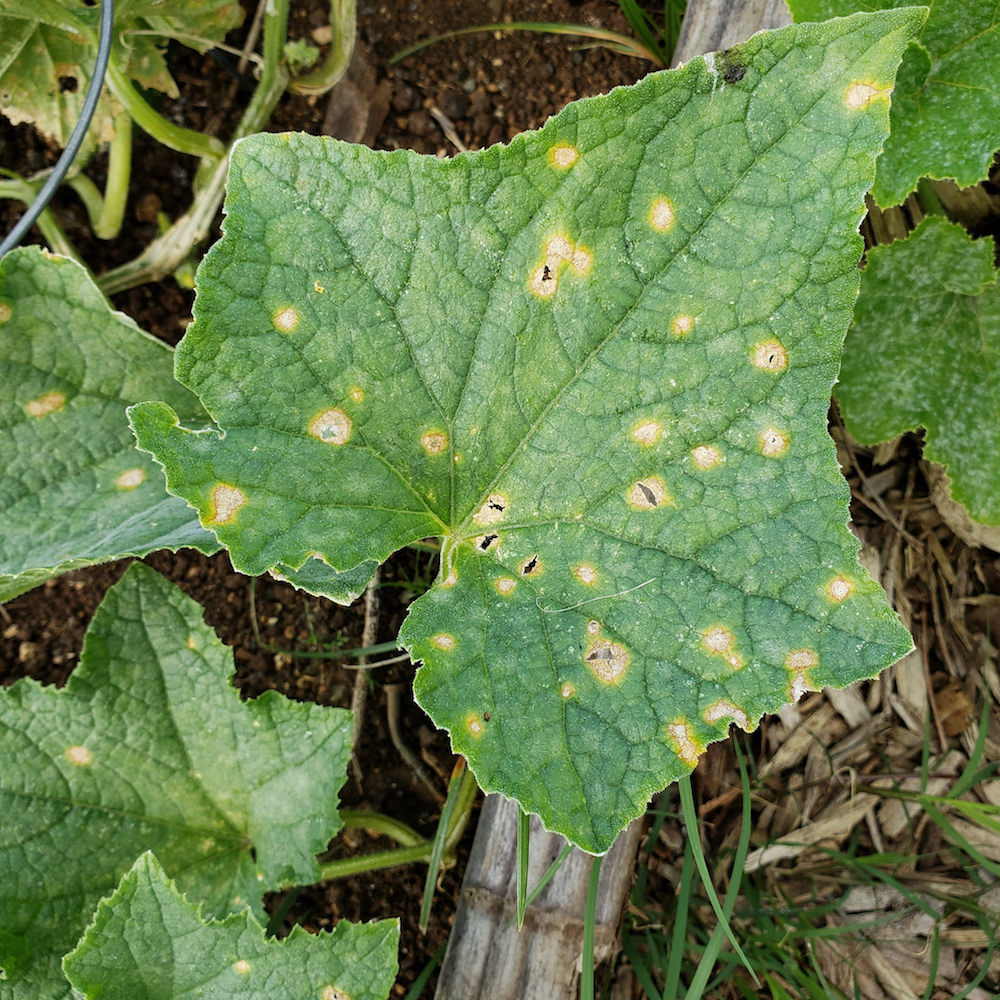

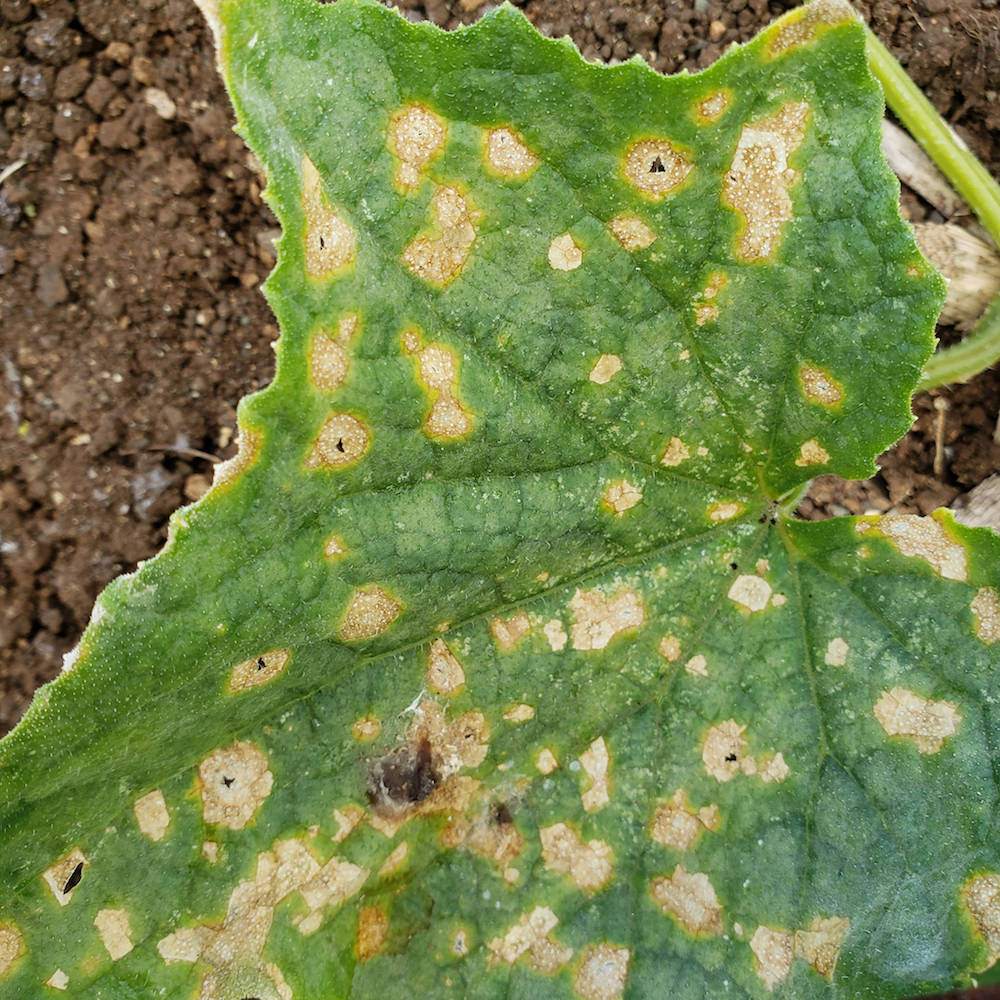
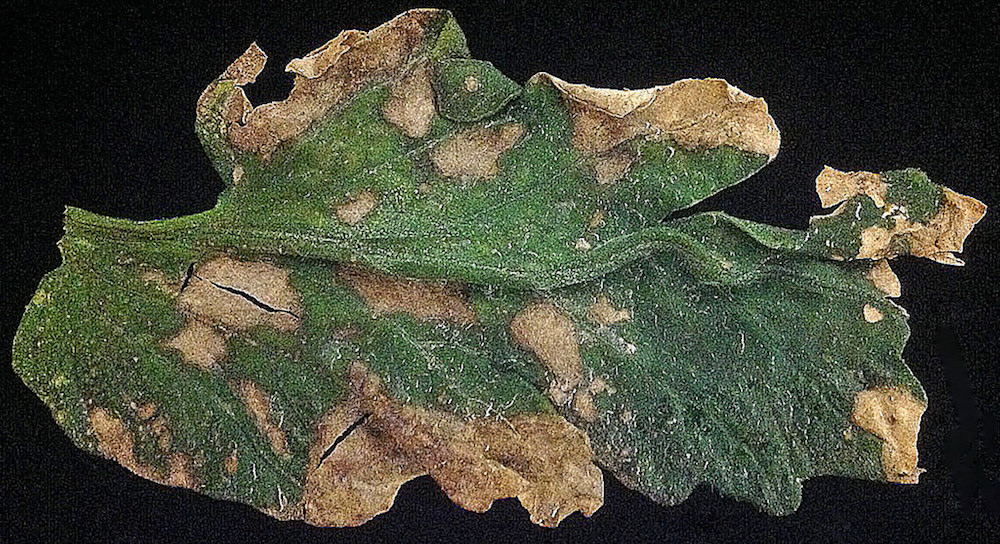
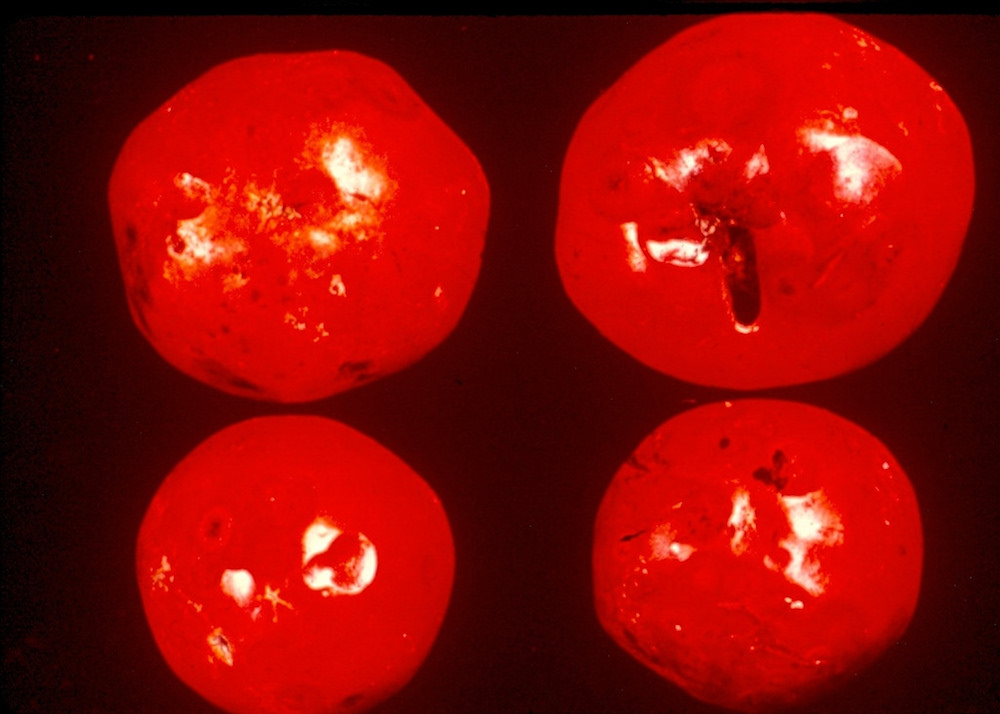
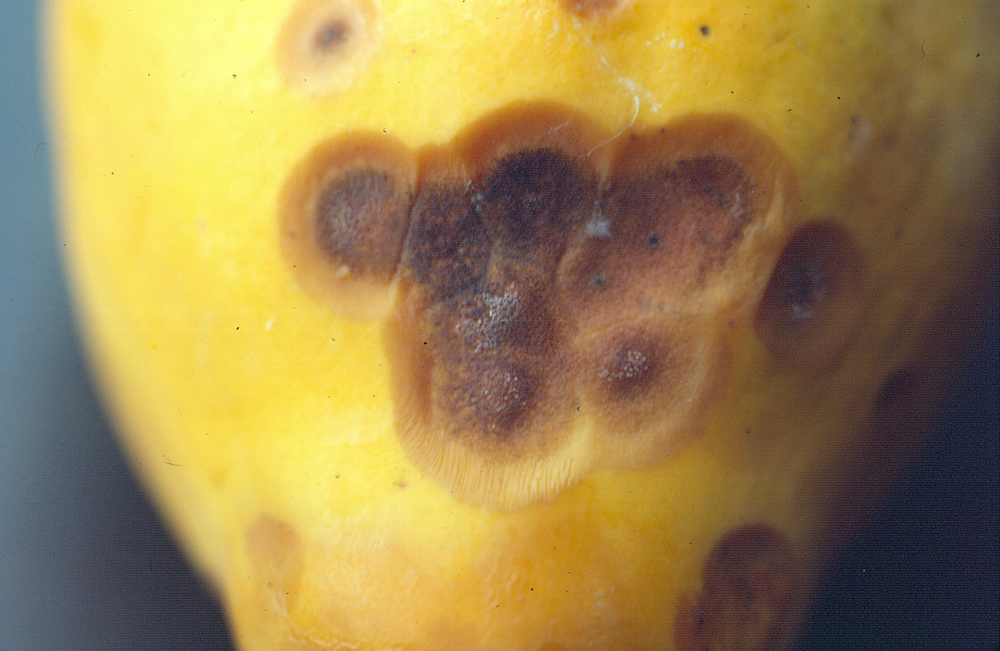
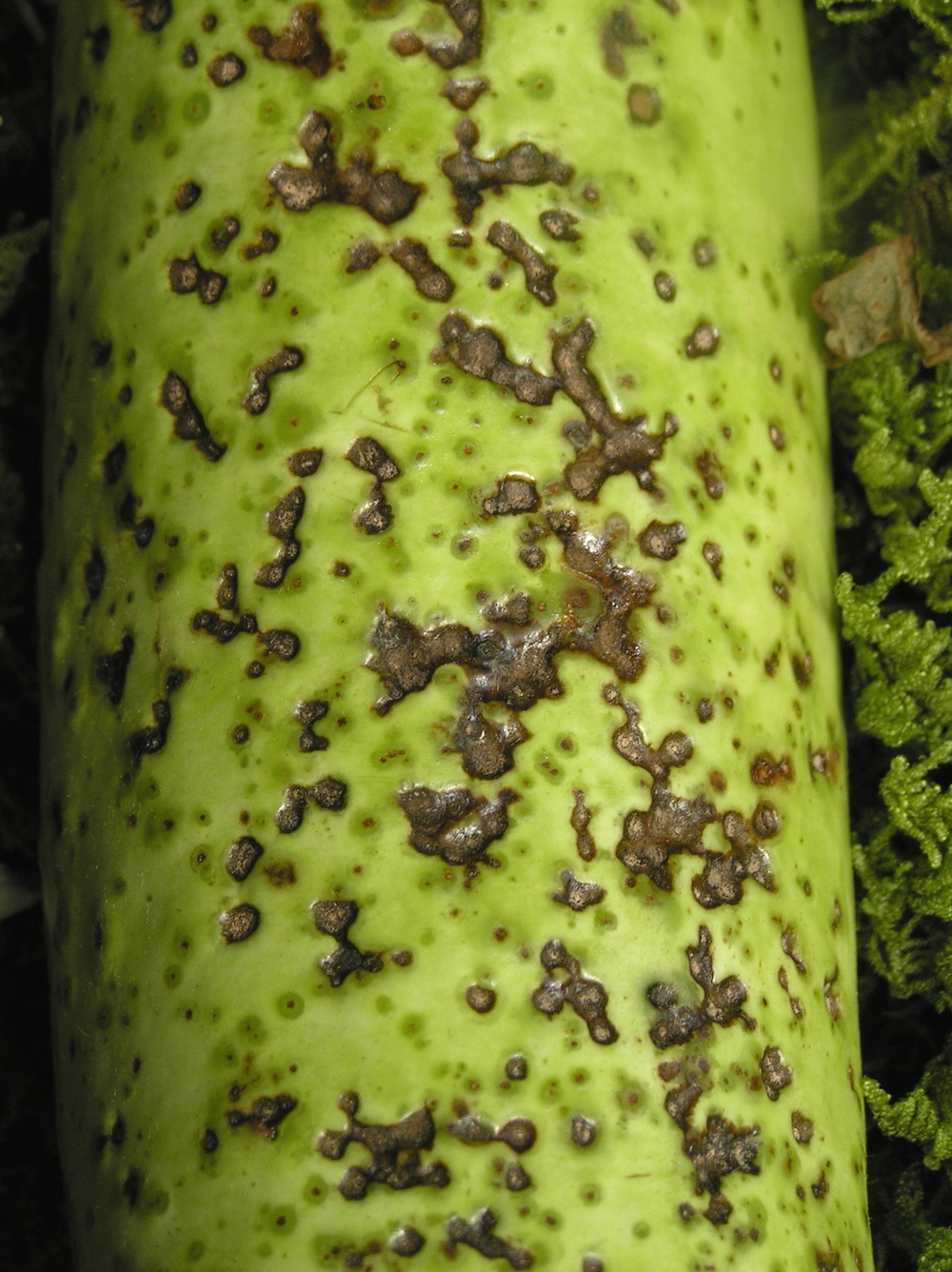
In years with lengthy rainy seasons or excessive humidity, anthracnose seems to show up everywhere. That's because it isn't a single disease; anthracnose is a group of fungal diseases — all fueled by excess water on leaves, stems, and fruit. During dry weather, anthracnose slows or even seems to disappear, but the return of high humidity or rain spurs it on again.
The individual fungal species behind anthracnose attack specific plant types, but the group strikes a wide range of garden favorites. Known in some regions as leaf or shoot blight, anthracnose affects vegetables, fruits, flowers, ornamental shrubs, and trees. Tomatoes, squash, roses, dogwoods, euonymus, and sycamores are just some of its targets.
Anthracnose Identification/Symptoms: Anthracnose varies depending on the specific fungus and plant involved, but tender leaves are usually hardest hit. Wet-looking spots on foliage or fruit provide the first visible clues. Leaf tissue dies, turning papery and brown as the infection spreads. On ripening fruits such as tomato or papaya, the target-like, water-soaked lesions grow and sink into the fruit.
How to Control Anthracnose: Because anthracnose relies on water to spread, control starts with smart gardening habits. Give plants plenty of room and good air circulation, and avoid overhead watering to limit wet leaves and fruit. When conditions are ripe for anthracnose, be proactive. Start preventive treatments early in the season, and always treat plants at the first hint of disease.
GardenTech® brand's Daconil® fungicide offers three-way protection to prevent, stop and control anthracnose and more than 65 types of fungal disease. This time-tested protection comes in two convenient forms:
- Daconil® Fungicide Ready-To-Use, in the grab-and-go sprayer bottle, simplifies anthracnose treatment for individual plants or small garden areas. Just shake the container and spray all plant surfaces until thoroughly wet. Avoid spraying open blooms.
- Daconil® Fungicide Concentrate provides an economical option for larger treatment areas. Measure the recommended concentrate amount for the affected plant into a hand-held, hose-end or tank-style sprayer. Add water, mix well, and spray all plant surfaces thoroughly.
Fast-acting Sevin® 3-in-1 Insect, Mite & Disease Control Flower & Shrub Ready To Spray can also treat anthracnose while it fights harmful mites and insect pests.
Anthracnose Tip: Plan your gardening tasks, including harvests, for times when plants are dry. Anthracnose can spread from plant to plant via wet hands, pruners, and clothing.
Always read product labels thoroughly and follow instructions, including guidelines for treatable plants and pre-harvest intervals (PHI).
GardenTech is a registered trademark of Gulfstream Home and Garden, Inc.
Daconil is a registered trademark of GB Biosciences Corp.




